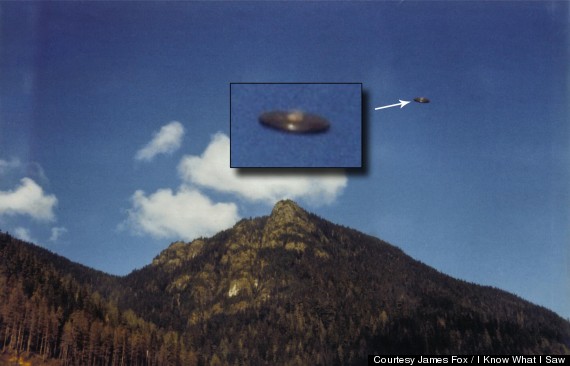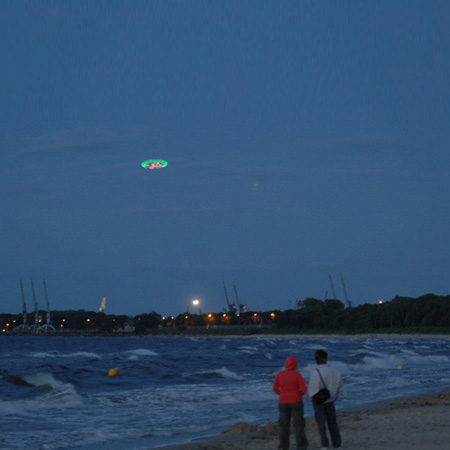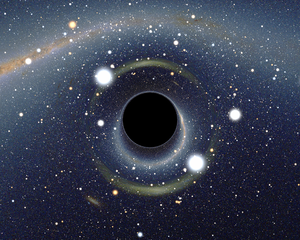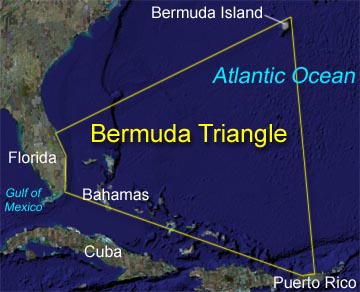The Great Pyramid of Giza
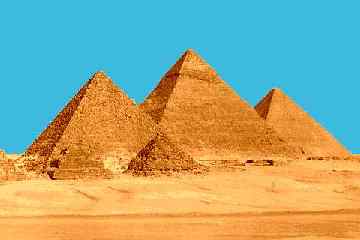
The Great Pyramid of Giza (also known as the Pyramid of Khufu or the Pyramid of Cheops) is the oldest and largest of the three pyramids in the Giza Necropolis bordering what is now El Giza, Egypt. It is the oldest of the Seven Wonders of the Ancient World, and the only one to remain largely intact.
Based on a mark in an interior chamber naming the work gang and a reference to fourth dynasty Egyptian Pharaoh Khufu, Egyptologists believe that the pyramid was built as a tomb over a 10 to 20-year period concluding around 2560 BC. Initially at 146.5 metres (481 feet), the Great Pyramid was the tallest man-made structure in the world for over 3,800 years. Originally, the Great Pyramid was covered by casing stones that formed a smooth outer surface; what is seen today is the underlying core structure. Some of the casing stones that once covered the structure can still be seen around the base. There have been varying scientific and alternative theories about the Great Pyramid's construction techniques. Most accepted construction hypotheses are based on the idea that it was built by moving huge stones from a quarry and dragging and lifting them into place.
Grand Gallery

The Grand Gallery continues the slope of the Ascending Passage, but is 8.6 metres (28 ft) high and 46.68 metres (153.1 ft) long. At the base it is 2.06 metres (6.8 ft) wide, but after 2.29 metres (7.5 ft) the blocks of stone in the walls are corbelled inwards by 7.6 centimetres (3.0 in) on each side. There are seven of these steps, so at the top the Grand Gallery is only 1.04 metres (3.4 ft) wide. It is roofed by slabs of stone laid at a slightly steeper angle than the floor of the gallery, so that each stone fits into a slot cut in the top of the gallery like the teeth of a ratchet. The purpose was to have each block supported by the wall of the Gallery rather than resting on the block beneath it, which would have resulted in an unacceptable cumulative pressure at the lower end of the Gallery.
At the upper end of the Gallery on the right-hand side there is a hole near the roof which opens into a short tunnel by which access can be gained to the lowest of the Relieving Chambers. The other Relieving Chambers were discovered in 1837/8 by Colonel Howard Vyse and J. S. Perring, who dug tunnels upwards using blasting powder.

The King's Chamber is 10.47 metres (34.4 ft) from east to west and 5.234 metres (17.17 ft) north to south. It has a flat roof 5.974 metres (19.60 ft) above the floor. 0.91 m (3.0 ft) above the floor there are two narrow shafts in the north and south walls (one is now filled by an extractor fan in an attempt to circulate air inside the pyramid). The purpose of these shafts is not clear: they appear to be aligned toward stars or areas of the northern and southern skies, yet one of them follows a dog-leg course through the masonry, indicating no intention to directly sight stars through them. They were long believed by Egyptologists to be "air shafts" for ventilation, but this idea has now been widely abandoned in favour of the shafts serving a ritualistic purpose associated with the ascension of the king’s spirit to the heavens.
The King's Chamber is entirely faced with granite. Above the roof, which is formed of nine slabs of stone weighing in total about 400 tons, are five compartments known as Relieving Chambers. The first four, like the King's Chamber, have flat roofs formed by the floor of the chamber above, but the final chamber has a pointed roof. Vyse suspected the presence of upper chambers when he found that he could push a long reed through a crack in the ceiling of the first chamber. From lower to upper, the chambers are known as "Davison's Chamber", "Wellington's Chamber", "Nelson's Chamber", "Lady Arbuthnot's Chamber", and "Campbell's Chamber". It is believed that the compartments were intended to safeguard the King's Chamber from the possibility of a roof collapsing under the weight of stone above the Chamber. As the chambers were not intended to be seen, they were not finished in any way and a few of the stones still retain masons' marks painted on them. One of the stones in Campbell's Chamber bears a mark, apparently the name of a work gang, which incorporates the only reference in the pyramid to Pharaoh Khufu.
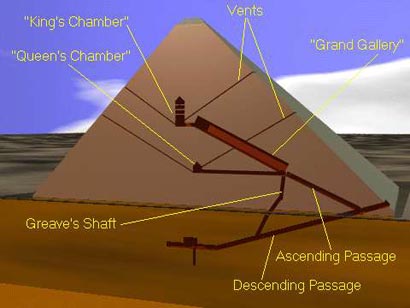
Map of The Great Pyramid of Giza
Picture of pyramid


Thankyou for



















